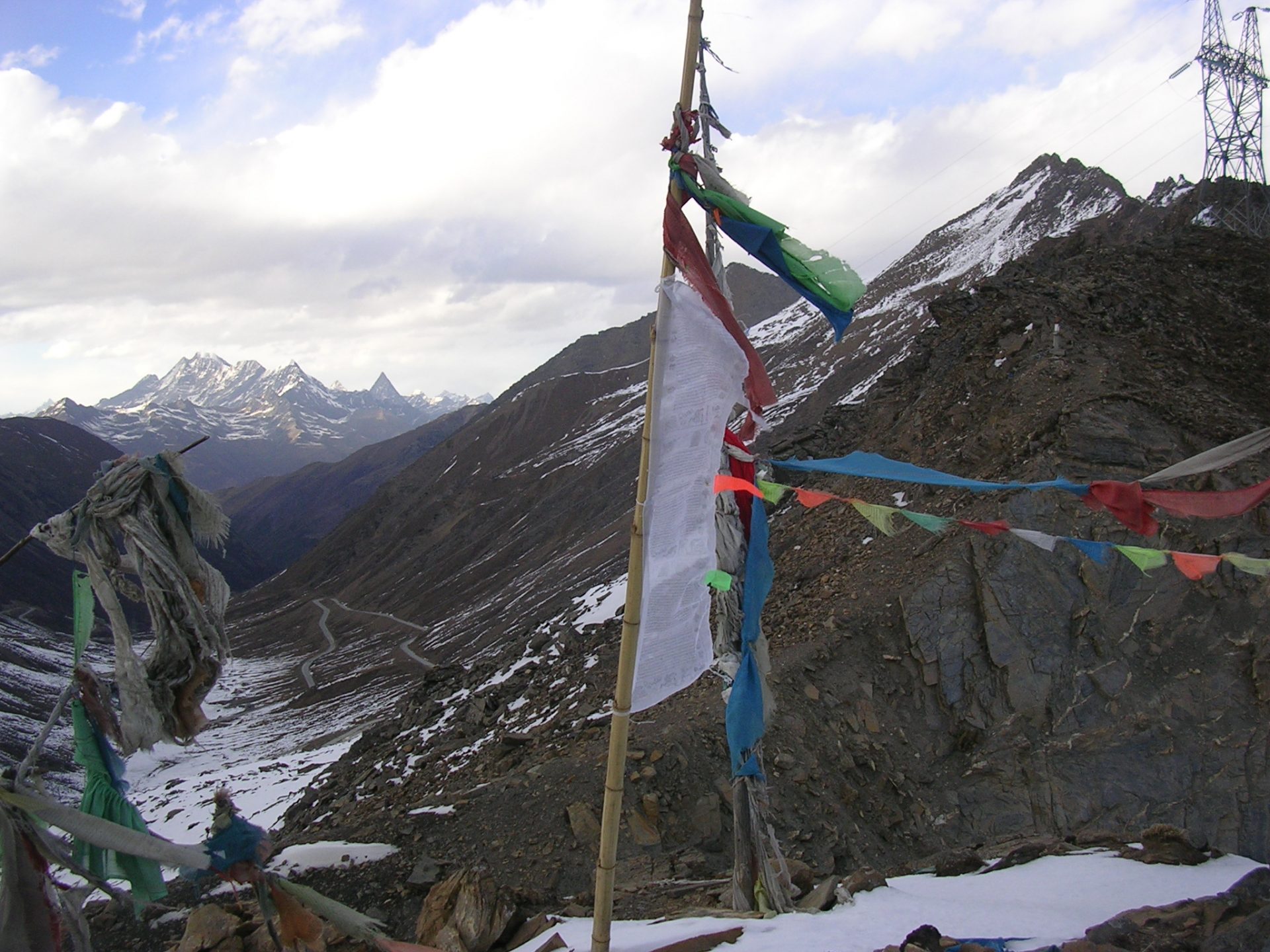My novel, Windhorse Warrior, is about the Chinese Communist invasion and occupation of Tibet during the 1950s.

Q. Why did you write this story about the Chinese occupation of Tibet from the point of view of a Chinese communist?
A. I’m not Tibetan; I’m an outsider to their culture and society. It would be too presumptuous to write this story as if I were one of them. Actually, I began writing it in the third person focusing on one of the Tibetan characters but it was a Tibetan who suggested I write it from the point of view of the Chinese communist in the story. I was able to represent his point of view because of my experience as a teacher in Hong Kong for many years and my experience visiting Tibet several times as a tourist, an outsider. I taught high school age students at one of Hong Kong’s best private school with similar privileges and entitlements as Chuang Wei Ming, my protagonist in the Shanghai of the 1940s. The school had a week-long Interim travel program every March. Between 2004 and 2008 I took groups of students to the part of Sichuan, China on the Eastern Tibetan Plateau, the region Tibetans call Kham.
Chuang grows up as a privileged son of a capitalist banker in Shanghai. At the end of World War II, after the Japanese leave, he goes to university to study medicine. He meets a vivacious, intelligent young woman who turns his head in several directions. She’s anti-capitalist and leads a student cadre of young communist sympathizers. He resists becoming involved himself until she is martyred in a protest march against the Nationalist Government. Because he has been associated with her, her friends who regard her as a hero, befriend him and help him through his loss. Gradually Chuang understands what the communist movement is all about and joins. By the time Shanghai is taken over, he has split from his family and sadly sees them off as they sail away to Hong Kong.
At a communist rally on campus Chuang volunteers to take the Revolution to the people of Tibet who, he believes, live in an oppressive feudalistic system. He idealistically believes he can take the message for revolution to them and the people will rise up against their corrupt overlords and join the brotherhood of communist nations.
Chuang’s experience, once he gets there, is quite different. He is blown away by the beauty and spiritual power of the landscape, as I have been every time I go there. And like myself, Chaung had prior introductions to the people and their spiritual heritage. Chuang’s martyred girlfriend is half Tibetan, he discovers just before he goes to Tibet. Another prominent person in his life, his Juijitsu and horse riding teacher is Tibetan and instilled a spiritual awareness in him he begins to recognize only after he got to Tibet.

My own experience with Tibet began when I lived in Tansen, Nepal where my parents started a mission hospital in the early 1950s and at the boarding school I attended in Mussoorie, India. I was at the school in 1959 when the Dalai Lama and thousands of refugees fled Tibet because the Chinese had betrayed the trust of the Tibetan people, the Dalai Lama, and occupied the country by force. Before the Dalai Lama began living in Dharamsala, he lived in Mussoorie. I was twelve years at the time of his visit to our school and have since realized that this visit was most probably the first time the Dalai Lama addressed a group of international school children, if not adults. During the years following, while I was in Tansen, I saw many refugees as they came over the high Himalayan Mountains from Central Tibet through Tansen to India. Many sought treatment and charity from our hospital.

Worth to read it Rishi Baje.I am wondering reading about Khampa revolution too.
I hope you can get a copy in Nepal, Basanta. Let me know if you can. In Kathmandu ask Pilgrims Bookstore to order it from Niyogi Books India (New Delhi) for you. And extra copies to sell. Thanks, Rishi Baje!